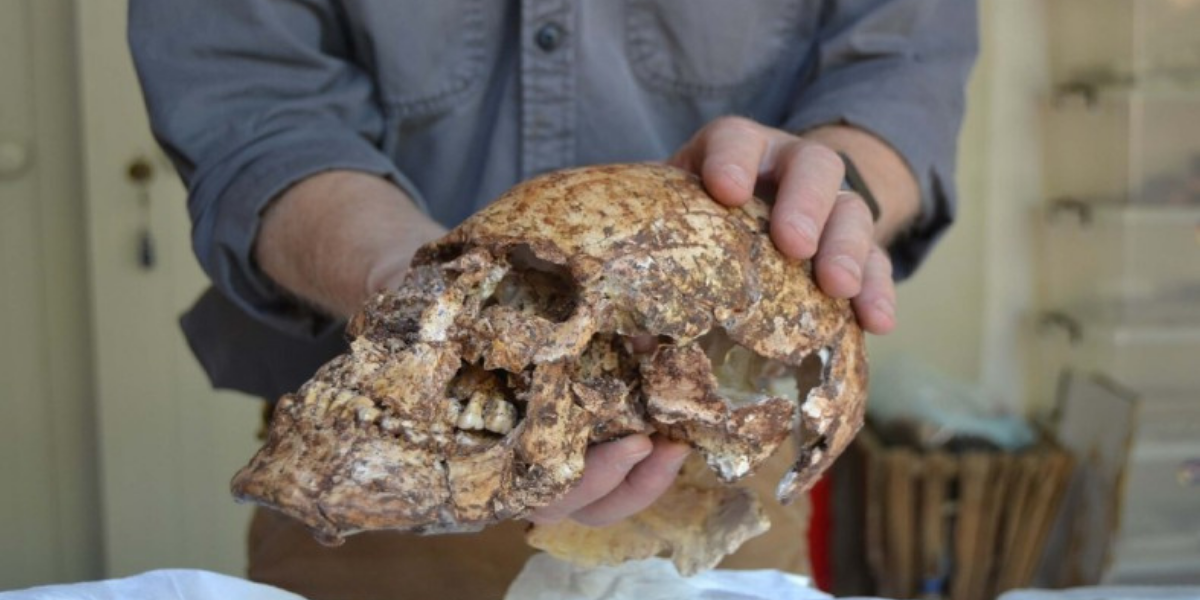
Two skeletons of Lydian soldiers found under the monumental city wall in the ancient city of Sardis
Two soldier skeletons belonging to the Lydians were unearthed in the ancient city of Sardes, which was the capital of the Lydian (Lydia) state near the town of Sart in Salihli district of Manisa in western Türkiye.
Sardes is the place where the first gold coin was minted in history. Because of this feature, it was an economically important center of Antiquity.
Sardes is home to ruins from the Persian, Hellenistic, Roman and Byzantine periods.
Sardis, which is mentioned in the Revelation chapter of the Bible as one of the seven churches in Western Anatolia, which played an important role in the spread of Christianity to the west, has a special religious significance.
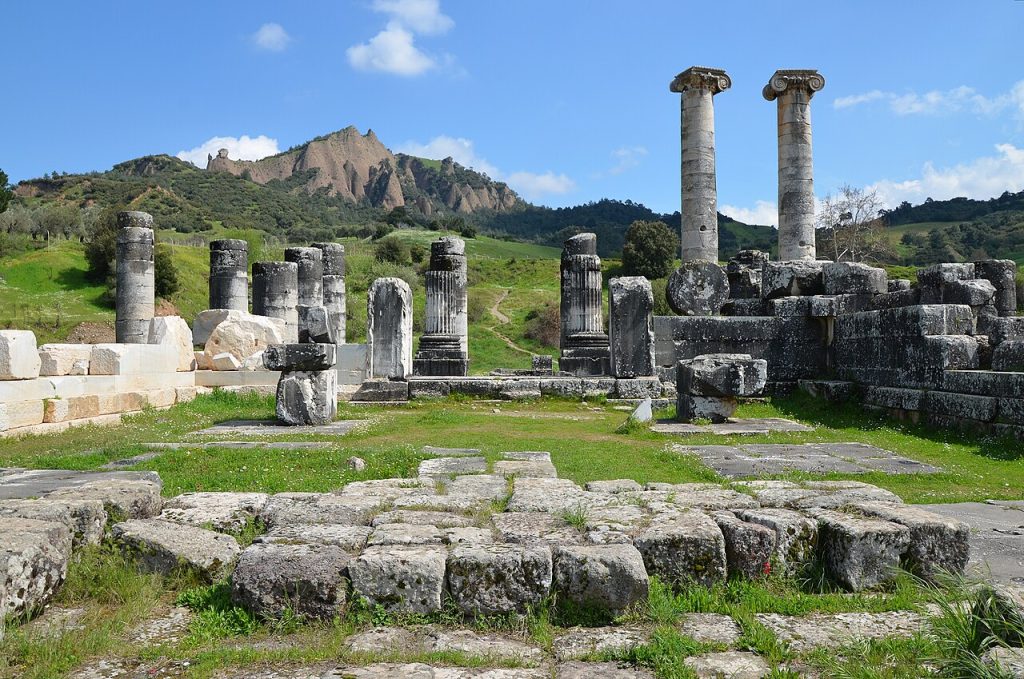
During the ongoing archaeological excavations led by Prof. Dr. Nicholas Cahill from the University of Wisconsin, USA, traces of the Battle of Thymbra, which took place between the Lydian Kingdom and the Persian Empire and led to the fall of the Lydian Kingdom, were found.
The Battle of Thymbra took place in 546 BC between the Lydian King Croesus and the Persian Emperor Cyrus II, resulting in the defeat of the Lydian Kingdom and the conquest of the capital Sardes.
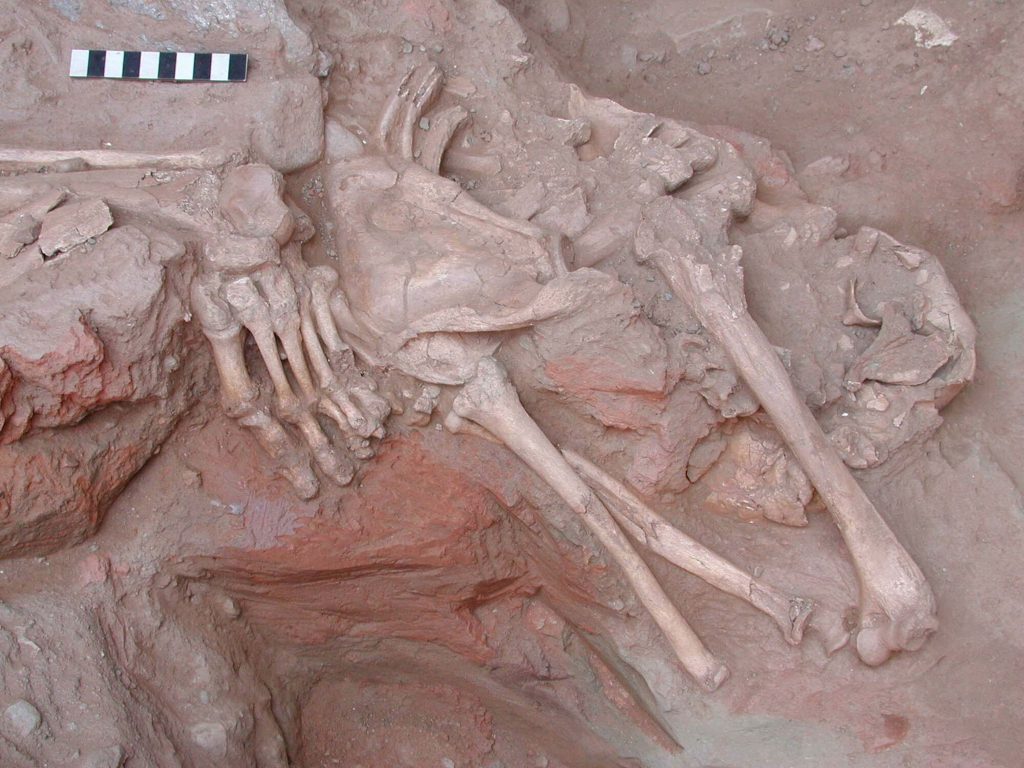
In the battle that resulted in the Persian domination of Western Anatolia, two soldier skeletons aged 20-25 were found under the monumental city wall, which was discovered about 50 years ago and unearthed during this year’s excavations. Excavation Head Prof. Dr. Nicholas Cahill noted that the soldier skeletons had traces of sword wounds, especially on their heads and arms, and stones were found in the palms of the soldiers.
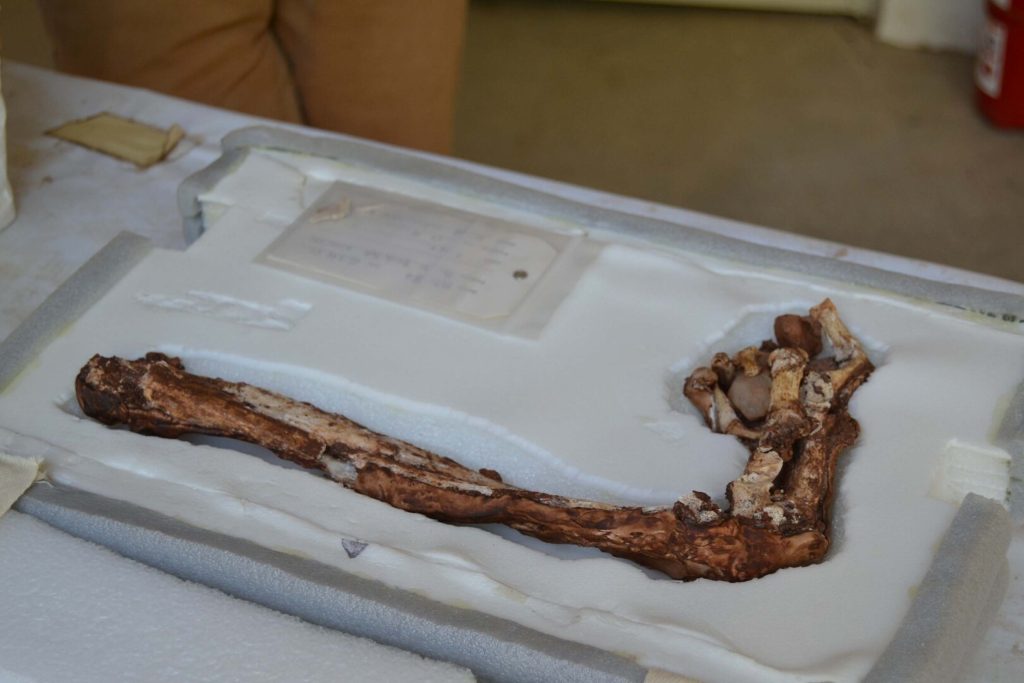
The soldier skeletons are 20-25 years old
Prof. Dr. Cahill said, “The Battle of Thymbra between Cyrus the Great and Croesus resulted in the defeat of the Kingdom of Lydia and the conquest of Sardis. The soldier skeletons found in the Persian destruction layer at the base of the monumental fortification wall are believed to be in their 20s and 25s. The skeletons have wounds from swords and similar weapons. We think that these soldiers were thrown into the ruins of the city wall after the war without burial or a ceremony. A stone was found in the palm of one soldier. This stone is likely to be a sling stone. Since these soldiers were thrown at the bottom of the city wall, they are not the military personnel of the victorious Persians, but the soldiers of the defeated Lydians.”
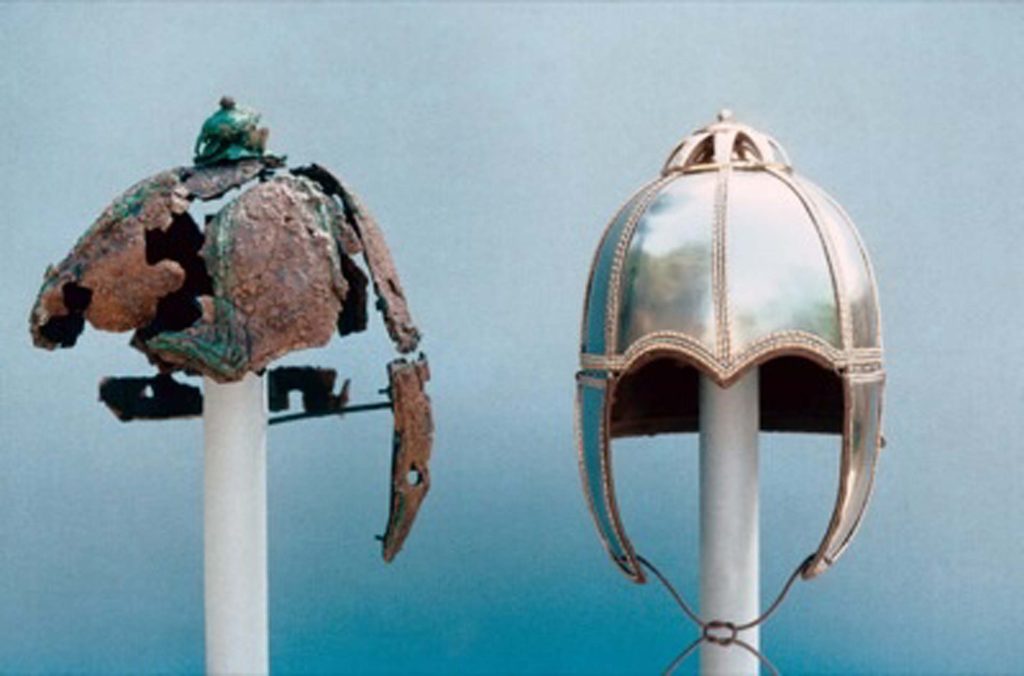
A helmet found with the skeletons
Prof. Dr. Nicholas Cahill said, “When we examined the skeletons of the soldiers, there is compression of the bones. This indicates that they were wearing very heavy armor. A helmet was also found next to the skeletons. This helmet is now in the Manisa Museum. One skeleton has a broken arm. The soldier probably broke it with a war tool while defending himself.”
Cover Photo: Emre Saçlı/DHA
You may also like
- A 1700-year-old statue of Pan unearthed during the excavations at Polyeuktos in İstanbul
- The granary was found in the ancient city of Sebaste, founded by the first Roman emperor Augustus
- Donalar Kale Kapı Rock Tomb or Donalar Rock Tomb
- Theater emerges as works continue in ancient city of Perinthos
- Urartian King Argishti’s bronze shield revealed the name of an unknown country
- The religious center of Lycia, the ancient city of Letoon
- Who were the Luwians?
- A new study brings a fresh perspective on the Anatolian origin of the Indo-European languages
- Perhaps the oldest thermal treatment center in the world, which has been in continuous use for 2000 years -Basilica Therma Roman Bath or King’s Daughter-
- The largest synagogue of the ancient world, located in the ancient city of Sardis, is being restored











Leave a Reply